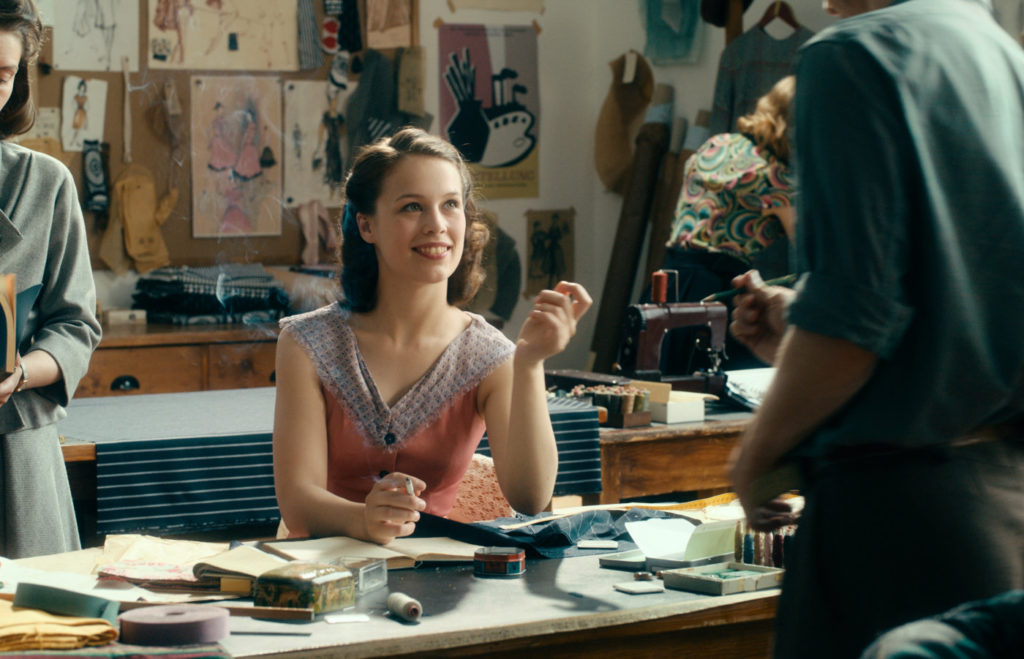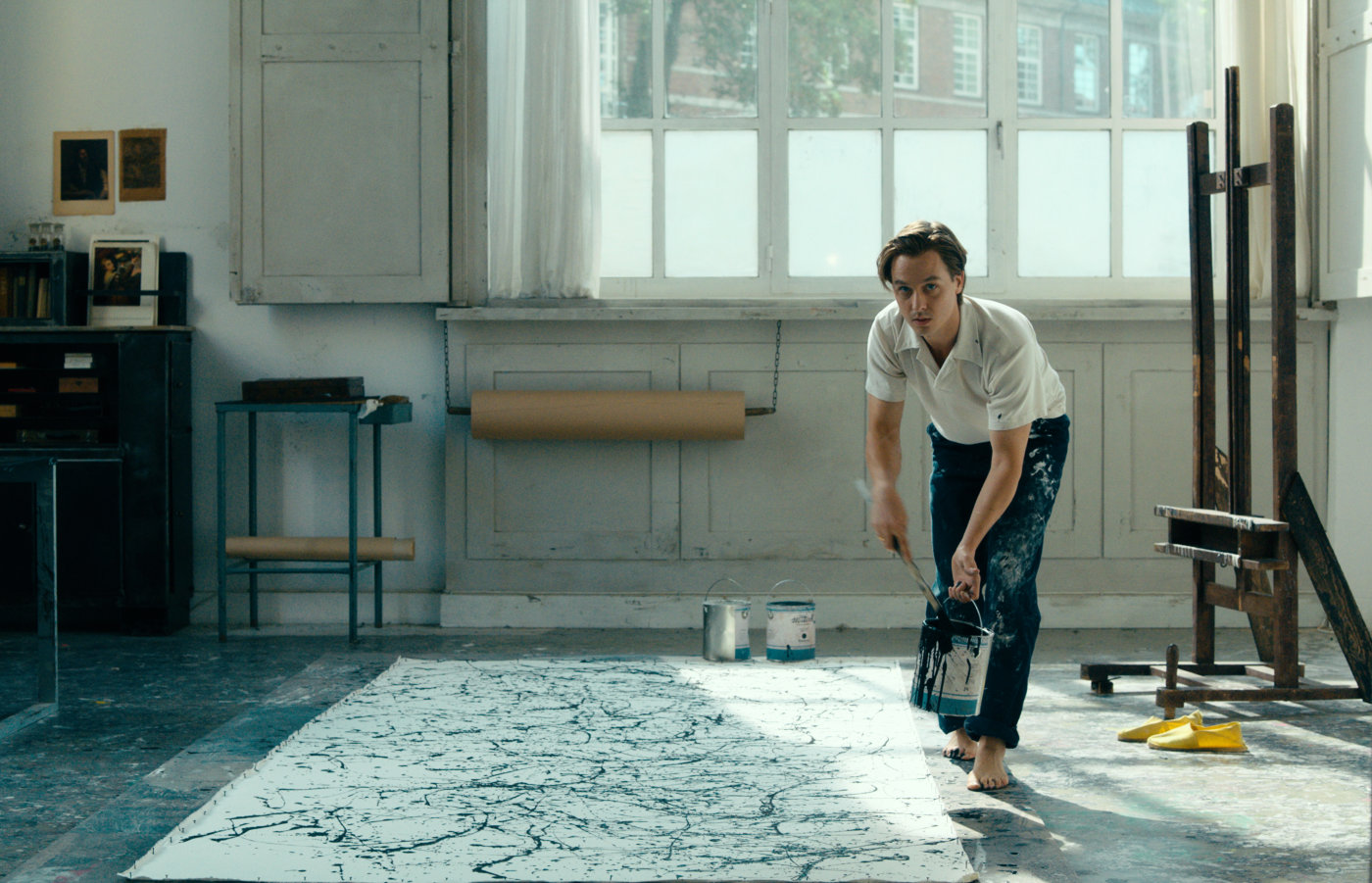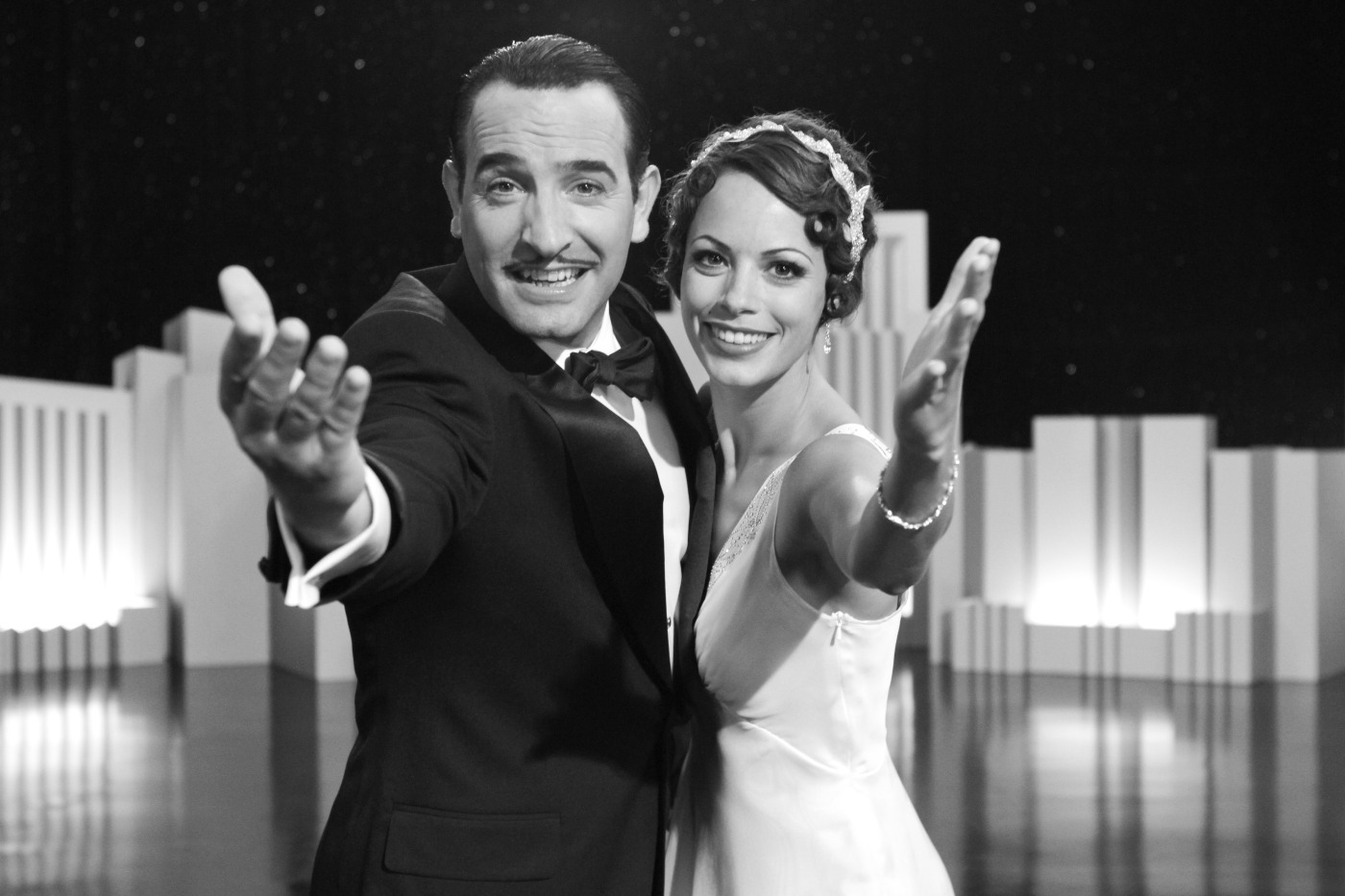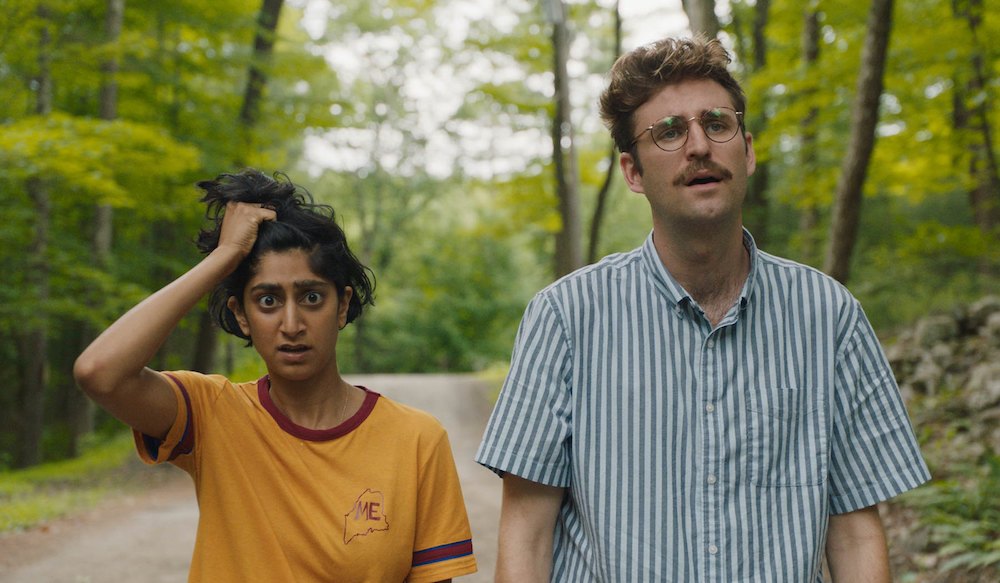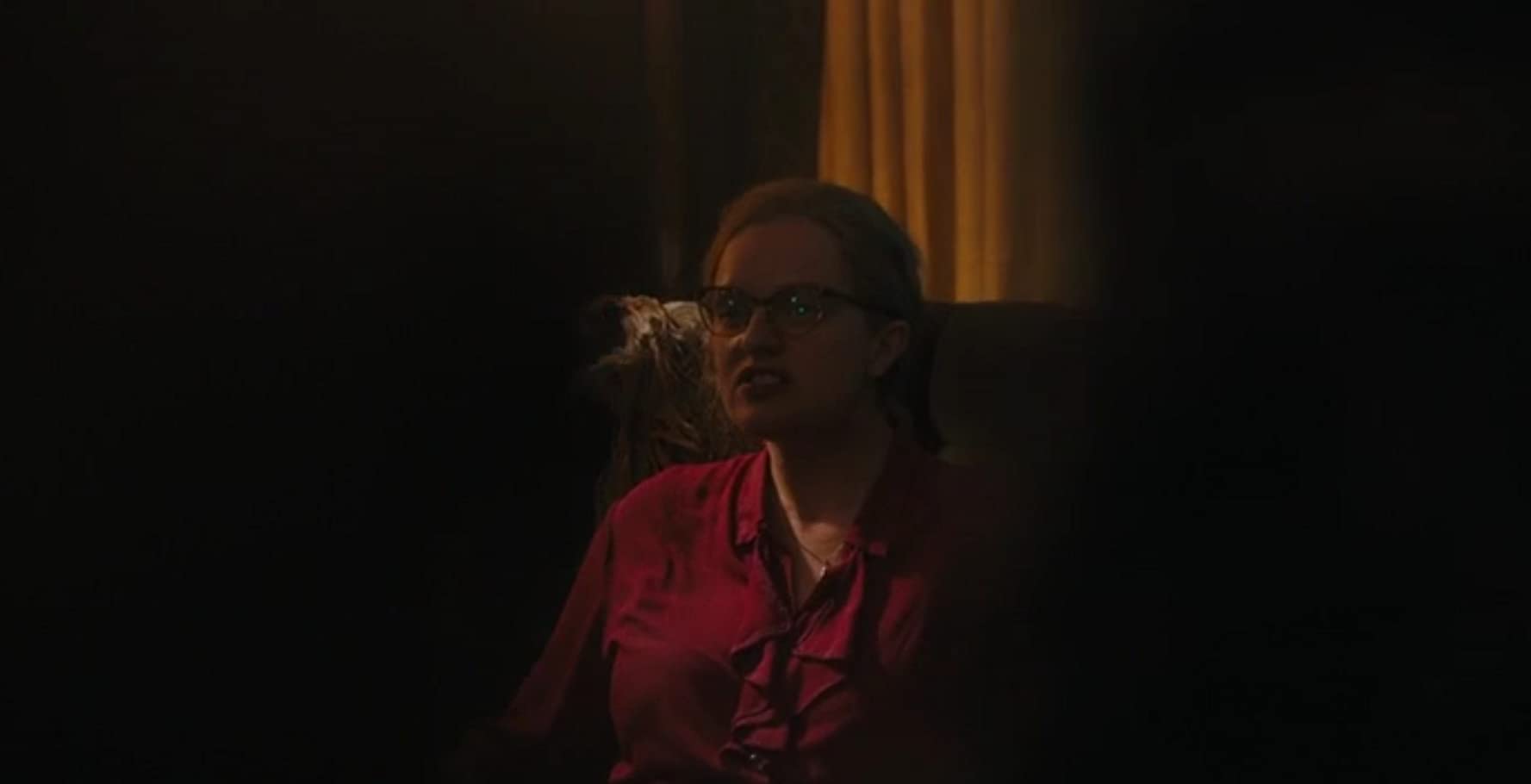Hmmm … my 23-year-old aunt doesn’t usually play the piano naked. And when she does, she doesn’t often rise, present herself full frontal and flagellate her forehead with a glass ashtray … Or does she? I can tell you this much: Elisabeth’s plea to her nephew, “Never Look Away” is completely wasted in the moment. If there’s a hot nude woman in front of me clonking herself on the head with a blunt weapon, I’m not sure the words “look away” enter my mind. Just sayin’.
This is the way Never Look Away plays: gripping scenes, oft sexual in nature, but pointing to what, exactly? It takes the film a full hour just to figure out who the protagonist is and well over two to have a point. Not that the ride was poor; it was just difficult to see where this runaway train was headed. The film starts in 1930s Dresden where Aunt Elisabeth (Saskia Rosendahl) is confined and neutered, as per Nazi policy. Oh, this is going to be about Nazi war atrocities, is it? No. Apparently not. Neither is it about the girl, who gets gassed along with the other mental patients at the ward ten minutes later.
Then we following the gynecologist, Professor Carl Seeband (Sebastian Koch). Is this film going to be about his conscience? Is it going to tell us how he was part of the plan to end reproduction capabilities for all those deemed subhuman by the Nazis … but refused to do so for Elisabeth after meeting her? There’s a strong indication this is our play when the Prof endears himself to the post-WWII occupying force by delivering the Russian captain’s baby. OK, we got a hero, right? Oh, crap. This poor man’s Mengele would sooner jeopardize his own daughter’s reproductive capabilities than allow an “imperfect” grandchild. Geez, you can take the man out of the SS, but you can’t take the SS out of the man, huh?
Eventually, Kurt Barnert (Tom Schilling), the kid who eye-witnessed aunt headclonker grows up and shows up in 1950s Soviet Bloc Dresden as an aspiring student artist ready, willing, and fully able to paint a world of socialist propaganda. I give these kids kudos; you know East Germany must have had many an art student whose dreams of becoming Picasso were channeled into “inspiring” [read: depressing] murals depicting Communist life. I’ve seen a ton of Communist art and I cannot say there a single piece I’d voluntarily own for any reason.
Kurt falls in love with clothing design student Ellie (Paula Beer), so the film can get its sexy on. Americans used to one nipple = R-rating while human dismemberment = family fun might be outright shocked at the lingering moments of full frontal nudity and multiple full nude sandwich shots in Never Look Away. In the constant battle for acceptable violence v. acceptable nudity, Never Look Away has a great deal more of the latter to offer, which -given this is Nazi film- seems incredible, huh?
Turns out Ellie is the Professor’s daughter and the Prof don’t take kindly to artists. So, an hour-and-a-half into this film, naked Kurt jumps out of a two-story bedroom window to avoid dad, which means the film is, to this point, still both entertaining and pointless. Never Look Away finally unearths a theme when the couple finds the West which, just like in Cold War, depicts defection as easy as hopping on the D train. Artist Kurt is introduced to the silly and pretense of Western art and needs to find his way. And, hey, I can see where we’re going … this film is “How Kurt Got His Groove Back.” Well, why didn’t you say so? This could have been a much shorter trip.
Ultimately a story about art, Never Look Away has a great deal to say about the world the artist sees. The full titular quote is “never look away because everything that is true holds beauty in it.” In this way, the film is very similar to Cannes sensation The Square; yet I feel Never Look Away is a huge improvement on The Square because writer/director Florian Henckel von Donnersmarck has a much better feel for the difference between pretense and genuine artistic expression. Why he needed over three hours to make that distinction is beyond me. It’s not like many of the scenes were bad so much as unnecessary. The appreciation of Kurt’s final vision does indeed take the understanding of what has occurred during his lifetime; there had to be a more concise way of stating it.
A painter raised among Nazi jolly
Aspires to be Picasso, by golly
By Klimt and Monet
He escapes Soviet gray
Goodbye iron curtain and hello, Dali!
Rated R, 188 Minutes
Director: Florian Henckel von Donnersmarck
Writer: Florian Henckel von Donnersmarck
Genre: How’d your war go?
Type of being most likely to enjoy this film: The patient
Type of being least likely to enjoy this film: Prudes
